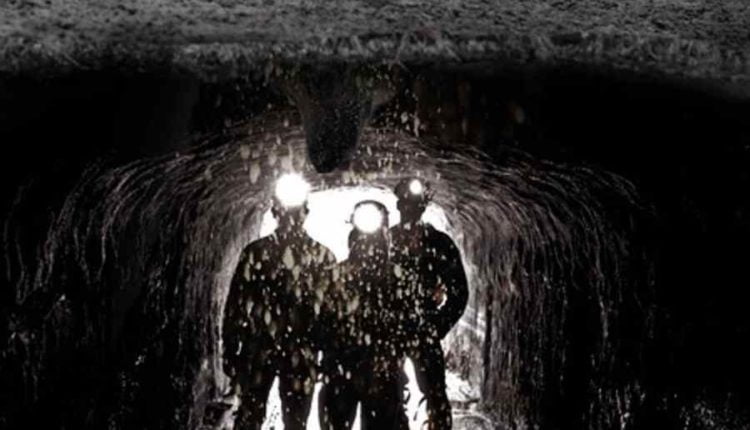Having a dog that digs up your yard is a problem for most homeowners. Unfortunately, despite being a natural dog activity, digging is one of the top 10 canine behavioral problems. Because of their ancestry, some dog breeds have always been predisposed to digging. Although terriers and dachshunds were “bred” to hunt vermin, practically any dog will kick up a dirt storm if it thinks it is on the trail of anything edible or exciting. Forcing people to cease doing what comes naturally to them would be like telling a person to stop spending money. However, I do have a possible answer, and it is as follows:
Instead of trying to stop them from digging, show them where it is acceptable.
With patience and this cheap and easy solution, your dog will dig where you want it to instead of all over the yard. Simply adhere to these four guidelines:
As a first step, get a bin. A container is the first thing you’ll need. Get yourself one of those plastic buckets from your local retailer. The largest and deepest one you can locate is the best option. Put in your digging pit right here. Don’t freak out if your dog is enormous. I also outline an alternative approach later in the piece for genuinely massive canines.
The second step is to prepare a site for digging. Permitting your dog to dig in a safe yard would be best. A hole should be dug to the exact dimensions of the bin and deep enough to bury it completely. Ensure enough drain holes at the bottom before filling with paver sand. The sand typically used in children’s sandboxes is too fine, and your dog will wind up with grains all over its fur.
The third stage is actual training. Hopefully, your dog will take to the dig pit as quickly as mine. Move your dog to the sand pit and encourage digging if you see signs of digging behavior. Try playing with the dog’s favorite toy and hiding it in the sand to encourage it to use the potty. Allow them to watch you do it, then offer incentives for them to dig it up independently. You can aid their training by hiding their favorite treats in the area allotted for digging.
Maintaining the pit is the fourth step. Keeping the sand damp during the summer is recommended. Dogs often dig into wet sand or mud and then sleep there to cool off. I placed the bin underneath a container to collect water for my hanging plants’ drip irrigation system. Every morning, water is poured upon the beach. Remember that your dog will eventually rake all the sand out of the box, and you’ll have to put it back in.
Advice & Caution
Bury the dog’s waste in the holes it digs and then cover it up if it continues to do so. They probably won’t dig there again because of how unpleasant it sounds.
Only correct them if you catch them digging. If it is not done correctly when they are in the act, they will not understand why they are being reprimanded.
This could be a good alternative if you have a huge dog and can’t find a much bigger container. Create a pit that is 2 feet deep with sloping sides. Next, pour about one and a half inches of concrete around the perimeter. Straws should be pushed through the concrete before it is set to allow for drainage. Once the cement is dry, fill the pit with sand and trim the straws to a uniform depth. The dog’s nails can be kept short with the help of cement.
Dealing with a dog that always digs holes in your yard may be stressful. If you can’t stop them from digging, show them where it’s safe. You’ll need an enormous container, an appropriate location, and the time to train your dog that the new location is safe for digging.
Read also: Steps To Start A Pet Transportation Organization.


